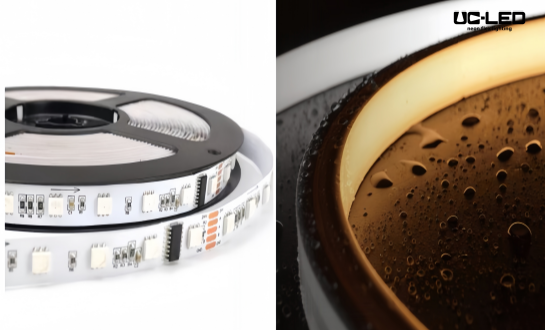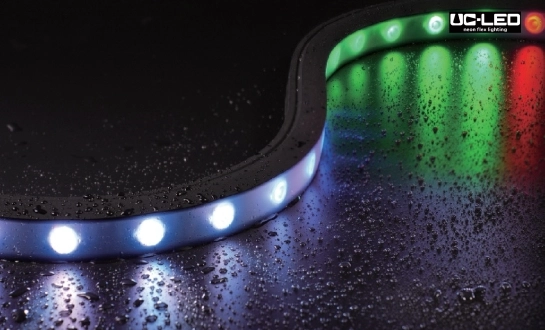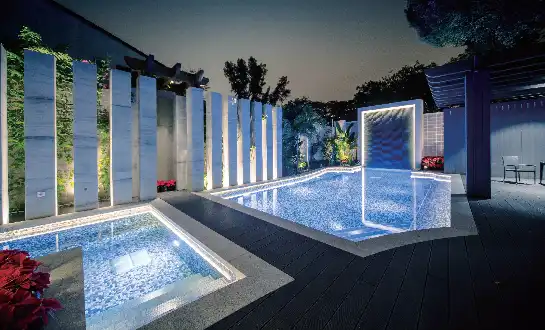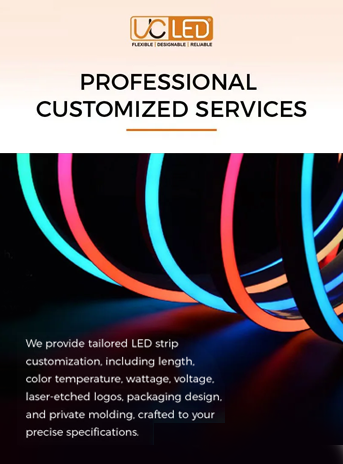What is Facade Lighting and How to Choose?
Facade lighting, a key element of architectural illumination, is the art of illuminating a building's exterior to enhance its visual appeal and highlight its architectural features. When choosing facade lighting, consider factors such as the building's design, desired ambiance, energy efficiency, and local regulations. Opt for LED fixtures for their versatility and efficiency, and consider color-changing options for dynamic effects. Proper placement and intensity are crucial to achieve the desired impact without causing light pollution. By carefully selecting and implementing facade lighting, you can transform ordinary structures into stunning nighttime landmarks.
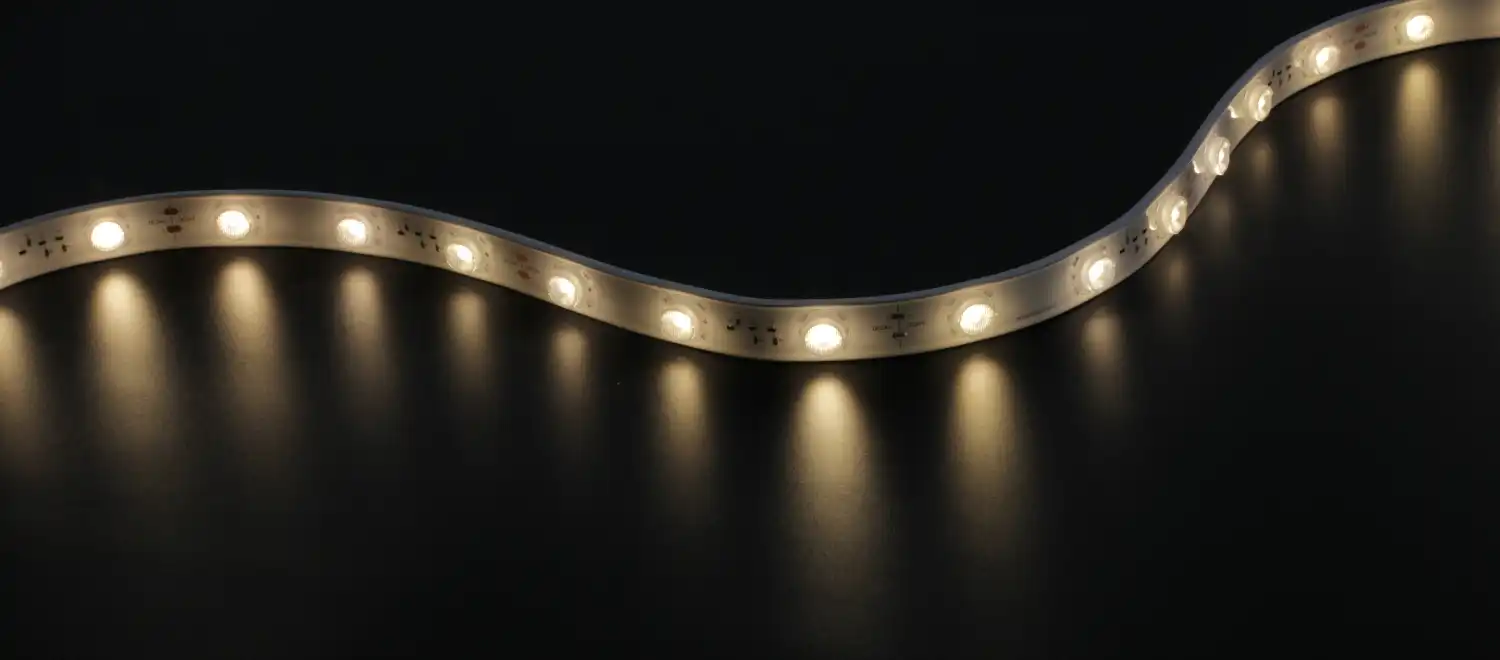
The Art and Science of Architectural Illuminatio
Understanding Facade Lighting
Architectural illumination, particularly facade lighting, has become an integral part of urban design and building aesthetics. It goes beyond mere functionality, transforming structures into captivating visual spectacles after dark. Facade lighting involves strategically placing light fixtures to accentuate a building's architectural elements, create depth, and evoke specific emotions.
The significance of facade lighting in modern architecture cannot be overstated. It serves multiple purposes, including enhancing safety, improving wayfinding, and contributing to the overall ambiance of urban environments. Moreover, well-executed architectural illumination can turn ordinary buildings into iconic landmarks, boosting their cultural and economic value.
The Evolution of Facade Lighting Technology
The field of architectural illumination has witnessed remarkable advancements in recent years. Traditional lighting methods, such as floodlights and spotlights, have given way to more sophisticated and energy-efficient solutions. LED technology, in particular, has revolutionized facade lighting, offering unprecedented flexibility in terms of color, intensity, and control.
Modern facade lighting systems often incorporate smart controls, allowing for dynamic lighting scenarios that can change based on time, weather, or special events. This adaptability adds a new dimension to architectural design, enabling buildings to "perform" and interact with their surroundings in novel ways.
Key Considerations for Choosing Facade Lighting
Architectural Style and Building Materials
When selecting facade lighting, it's crucial to consider the architectural style and materials of the building. Different surfaces interact with light in unique ways. For instance, glass and metal facades may require different lighting approaches compared to stone or brick structures. The goal is to complement and enhance the building's inherent characteristics, not overshadow them.
Consider the building's architectural features, such as columns, cornices, or unique textures. Lighting can be used to highlight these elements, creating depth and visual interest. For modern buildings with clean lines, linear lighting fixtures might be appropriate, while historic structures may benefit from more traditional lighting approaches.
Energy Efficiency and Sustainability
In today's environmentally conscious world, energy efficiency is a paramount concern in architectural illumination. LED lighting has become the go-to choice for facade lighting due to its low energy consumption and long lifespan. When choosing LED fixtures, look for those with high lumens per watt ratios to ensure maximum efficiency.
Additionally, consider incorporating renewable energy sources, such as solar panels, to power your facade lighting. This not only reduces operational costs but also enhances the building's green credentials. Smart control systems that adjust lighting based on ambient light levels or occupancy can further optimize energy use.
Color Temperature and Light Quality
The color temperature of light plays a crucial role in setting the mood and enhancing the visual appeal of a building. Warmer color temperatures (2700K-3000K) create a cozy, inviting atmosphere, while cooler temperatures (4000K-6500K) can make a building appear more modern and crisp.
Consider the building's surroundings and intended use when selecting color temperature. For example, a corporate office might benefit from cooler tones that promote alertness, while a restaurant might opt for warmer hues to create a welcoming ambiance.
Light quality is equally important. Look for fixtures with high color rendering index (CRI) values to ensure that the building's colors are accurately represented under artificial light. This is particularly important for buildings with intricate details or specific color schemes.
Advanced Techniques in Facade Lighting Design
Dynamic and Interactive Lighting
The advent of programmable LED systems has opened up new possibilities in facade lighting design. Dynamic lighting allows buildings to change their appearance throughout the night or for special occasions. This can range from subtle color shifts to elaborate light shows synchronized with music or events.
Interactive lighting takes this concept further by responding to external stimuli such as pedestrian movement, weather conditions, or social media activity. These innovative approaches not only enhance the visual appeal of buildings but also create engaging experiences for passersby, turning architecture into a form of public art.
Integrating Facade Lighting with Urban Design
Effective facade lighting goes beyond individual buildings; it contributes to the overall urban nightscape. When designing facade lighting, consider how it will interact with street lighting, neighboring buildings, and public spaces. The goal is to create a cohesive and harmonious nocturnal environment that enhances the city's character and improves the quality of urban life.
Integrating architectural illumination naturally requires close collaboration between lighting designers, architects, and urban planners. When planning facade lighting projects, it's important to consider factors like light pollution, glare reduction, and the preservation of dark sky areas. This approach ensures that lighting is not only functional but also environmentally responsible, harmonizing with the surrounding architecture and landscape.
Maintenance and Longevity
While the initial design and installation of facade lighting are crucial, long-term maintenance is equally important. Choose fixtures and systems that are durable and easy to maintain. LED technology, with its long lifespan and low maintenance requirements, is particularly advantageous in this regard.
Consider the accessibility of fixtures for cleaning and replacement. In some cases, remote monitoring systems can alert maintenance teams to potential issues before they become problematic, ensuring that the facade lighting continues to perform optimally over time.
Conclusion
Facade lighting is a powerful tool in architectural illumination, capable of transforming buildings and urban landscapes. By carefully considering factors such as architectural style, energy efficiency, and advanced lighting techniques, designers can create stunning visual experiences that enhance the built environment.
As technology continues to evolve, the possibilities for innovative facade lighting designs are boundless. From energy-efficient LEDs to interactive, smart lighting systems, the future of architectural illumination promises to be both exciting and sustainable.
For those looking to explore cutting-edge facade lighting solutions, QUAN HE Lighting Co., Ltd. offers a range of innovative products and customization services. To learn more about how we can help bring your architectural lighting vision to life, please contact us at Linda@uc-led.com.
References
1. Smith, J. (2022). The Art of Architectural Lighting: Principles and Practice. Routledge.
2. Johnson, A. & Brown, M. (2021). Sustainable Facade Lighting: Energy-Efficient Solutions for Modern Architecture. Green Building Press.
3. Lee, S. et al. (2023). Dynamic Facade Lighting: Interactive Technologies and Urban Integration. Journal of Architectural Illumination, 15(2), 78-95.
4. Wilson, R. (2020). LED Revolution in Architectural Lighting: From Energy Savings to Creative Design. Illumination Engineering Society.
5. Patel, N. & Zhang, L. (2022). Smart Cities and Intelligent Facade Lighting: A Comprehensive Guide. Urban Technology Publications.

Looking for high-quality LED flexible strips? Click for a free quote in 24 hours!
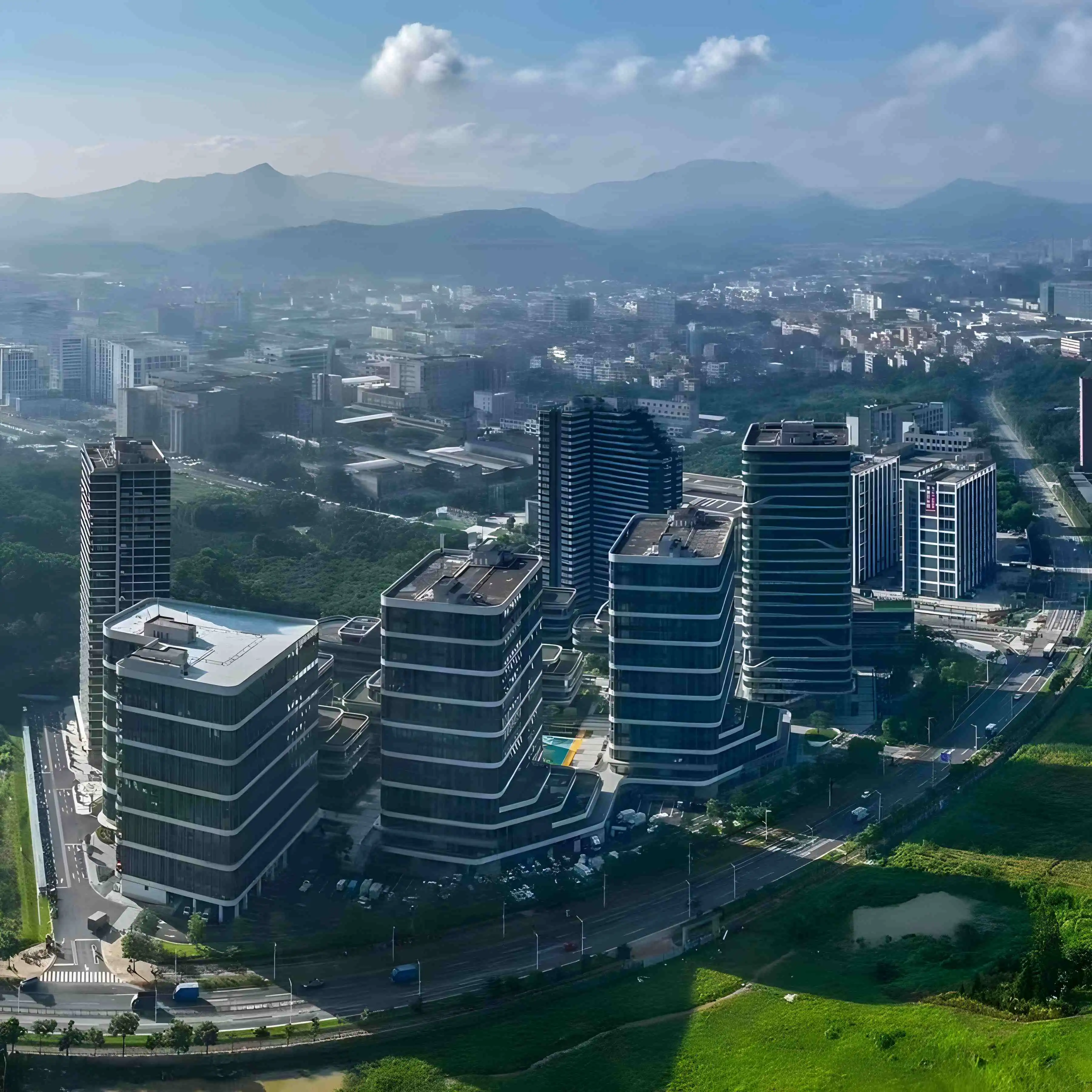
LED Neon Flex Strip Factory - Leading Professional Flexible LED Strip Manufacturer from China
